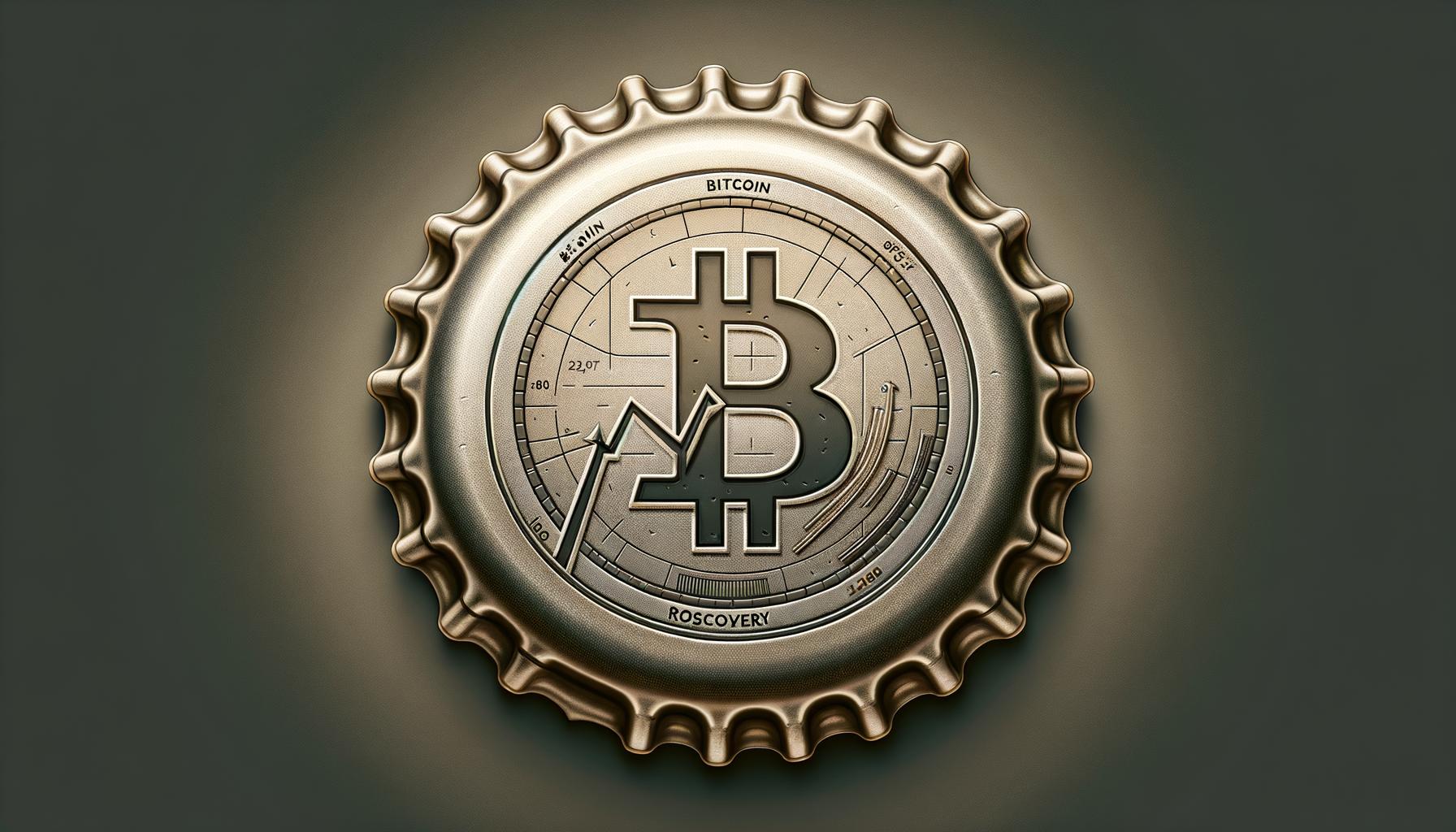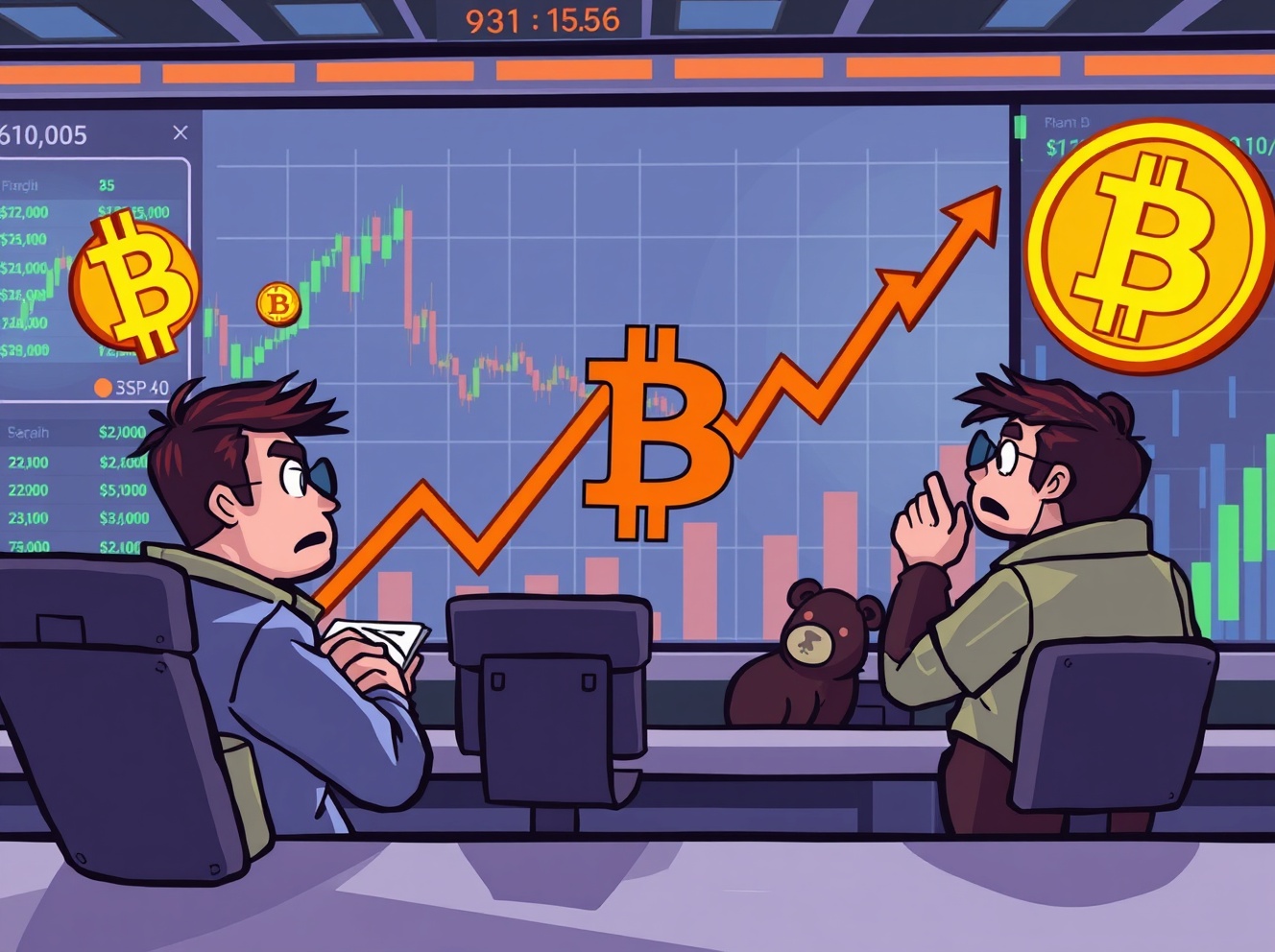
Ripple’s growing involvement in the global business-to-business (B2B) payments space could have major implications for XRP’s value over the next decade. Industry projections suggest that the cross-border B2B payments market could reach $50 trillion by 2032, and if Ripple secures even a significant fraction of that, the resulting liquidity demand could affect XRP’s price substantially. Ripple’s Focus on Institutional Payments Recent conversations within the XRP community were reignited after Western Union announced plans to pilot a stablecoin on the Solana blockchain, a move that many observers saw as a shift away from Ripple’s technology. In response , several XRP proponents highlighted that Ripple’s strategic focus differs from Western Union’s. According to community analyst Anderson , Ripple’s core market lies in B2B transactions, which he initially claimed had reached $187 trillion in 2024. However, data from FXC Intelligence offers a more precise picture; the cross-border segment of that market stood at $31.6 trillion in 2024, encompassing transactions between corporations across different nations that sustain global trade. FXC Intelligence further estimates that this segment will expand by 58% to reach approximately $50 trillion by 2032, driven by technological innovation, growing international trade, and the shift toward digital payments. Despite being less transparent than consumer remittance markets, B2B payments remain a critical component of global commerce. Assessing Ripple’s Potential Share Ripple’s decision to prioritize institutional payment infrastructure rather than consumer remittances positions it for deeper integration within the corporate payments ecosystem. If Ripple were to handle 40% of the projected 2032 B2B cross-border market, the company would process more than $20 trillion annually through its network. Given XRP’s function as the native bridge currency of the XRP Ledger (XRPL), such growth could increase liquidity demand and influence price performance. To understand how this might translate into potential market outcomes, the AI model ChatGPT was consulted. The analysis emphasized that XRP’s value would not be determined solely by the total payments processed but rather by the liquidity required to facilitate those transactions. We are on X, follow us to connect with us :- @TimesTabloid1 — TimesTabloid (@TimesTabloid1) June 15, 2025 XRP would circulate multiple times per day as a settlement asset, meaning that even a small portion of locked liquidity could support significant payment flows. Key Drivers of XRP Value ChatGPT highlighted several variables that would shape XRP’s market response if Ripple achieved large-scale adoption. These include the depth of institutional liquidity pools, the number of active payment corridors, and the extent of XRP holdings by banks and corporations to maintain efficient settlement channels. As adoption grows, reduced token availability and increased network usage could create upward price pressure. Moreover, institutional demand and market speculation would likely amplify this effect, particularly if Ripple continues to expand partnerships and regulatory frameworks become more favorable. The model also noted the importance of transaction velocity, the rate at which XRP moves through the system. Faster transaction turnover would mean each XRP unit supports more payments, reducing the need for higher prices. However, establishing large and deep liquidity pools across regions would still be essential for high-value transfers. Projected XRP Price Scenarios Based on these assumptions, ChatGPT outlined several price scenarios. In a moderate growth case, where Ripple dominates major corridors such as USD/EUR and USD/JPY without achieving total market dominance, XRP could trade between $25 and $50. If Ripple were to handle 30% to 40% of the global B2B payment network, the token’s value could rise to the $100–$500 range. In an extreme case where XRP becomes the preferred global settlement asset, prices could theoretically exceed $1,000 per token. Even at a valuation of $100 per XRP , its market capitalization would remain relatively small compared to the trillions in payment volume it would enable. The projection reinforces the idea that XRP’s value stems from its utility and liquidity function, rather than being a store of value. Disclaimer : This content is meant to inform and should not be considered financial advice. The views expressed in this article may include the author’s personal opinions and do not represent Times Tabloid’s opinion. Readers are urged to do in-depth research before making any investment decisions. Any action taken by the reader is strictly at their own risk. Times Tabloid is not responsible for any financial losses. Follow us on Twitter , Facebook , Telegram , and Google News The post XRP Price Outlook: Ripple’s Role in the $50 Trillion Cross-Border B2B Market appeared first on Times Tabloid .
TimesTabloid
You can visit the page to read the article.
Source: TimesTabloid
Disclaimer: The opinion expressed here is not investment advice – it is provided for informational purposes only. It does not necessarily reflect the opinion of BitMaden. Every investment and all trading involves risk, so you should always perform your own research prior to making decisions. We do not recommend investing money you cannot afford to lose.
Appeals Court Denies Florida Man’s Claim for $354 Million in Lost Bitcoin

A federal appeals court rejected a Florida man’s claim to recover over $354 million in lost Bitcoin from a destroyed hard drive seized during his 2019 arrest. The ruling highlights TimesTabloid

Everyone’s Giving Up On Bitcoin? Crypto Exec Says That’s Exactly Why It Will Rise
The crypto market looks beaten down again, but one veteran investor says that may be the exact signal to stay calm. Related Reading: Bitcoin’s Grip Holds — But Signs Of Weakness Are Piling Up: Analyst Bitwise Chief Investment Officer Matt Hougan believes Bitcoin’s deep sell-off — now dragging prices below $102,000 for the first time since the last five months — is more about panic than fundamentals. Retail Sentiment At ‘Max Desperation’ Hougan told CNBC this week that small traders are hitting a breaking point. “It’s almost a tale of two markets,” he said, describing what he sees as “max desperation” among retail investors after months of heavy losses and leverage blowouts. He called the mood the most depressed he’s ever witnessed in crypto. For him, that level of hopelessness might be the final stage before the market finds its footing again. Institutional Flows Continue To Matter While smaller traders are backing off, larger investors appear to be sticking around. According to reports, financial advisors and institutional funds are still adding to positions through Bitcoin ETFs such as iShares Bitcoin Trust (IBIT), Fidelity Wise Origin Bitcoin Fund (FBTC), and Grayscale Bitcoin Trust (GBTC). The weekly inflows have slowed since the middle of the year, but they remain positive — a sign, Hougan says, that big money hasn’t lost faith. Hougan argues that this split between retail panic and institutional confidence could shape how the market recovers. “When I talk to advisors and institutions,” he said, “they’re still excited to allocate to an asset class that, if you zoom out, is delivering strong returns over the past year.” Solana Staking Interest And ETF Activity The growing influence of crypto funds goes beyond Bitcoin. Hougan said Bitwise’s new Solana Staking ETF (BSOL) pulled in more than $400 million in its first week before dropping nearly 20% since launching on Oct. 28. Even so, he sees strong appetite for professionally managed crypto exposure among investors who prefer structured products over direct trading. Related Reading: ‘Good News’ Finally Arrives For SHIB Army As Team Unveils New Update Not everyone agrees on how fast a rebound might come. Strategy CEO Michael Saylor recently predicted Bitcoin could hit $150,000 by year end — a call Hougan considers bold but not impossible. He said a move toward $125,000 or even $130,000 is achievable if selling pressure keeps fading and demand from institutions grows. For now, the market still feels fragile. Hougan admits there could be more downside before prices turn around, but he thinks the end of the sell-off is close. Retail sentiment may be collapsing, yet institutional optimism is holding firm — and that, he says, could be the fuel for Bitcoin’s next rally. Featured image from Unsplash, chart from TradingView TimesTabloid











